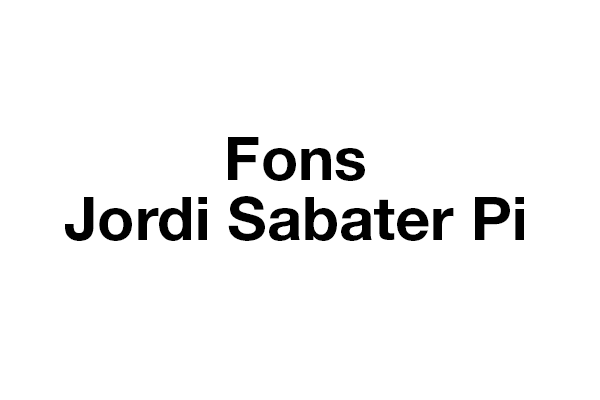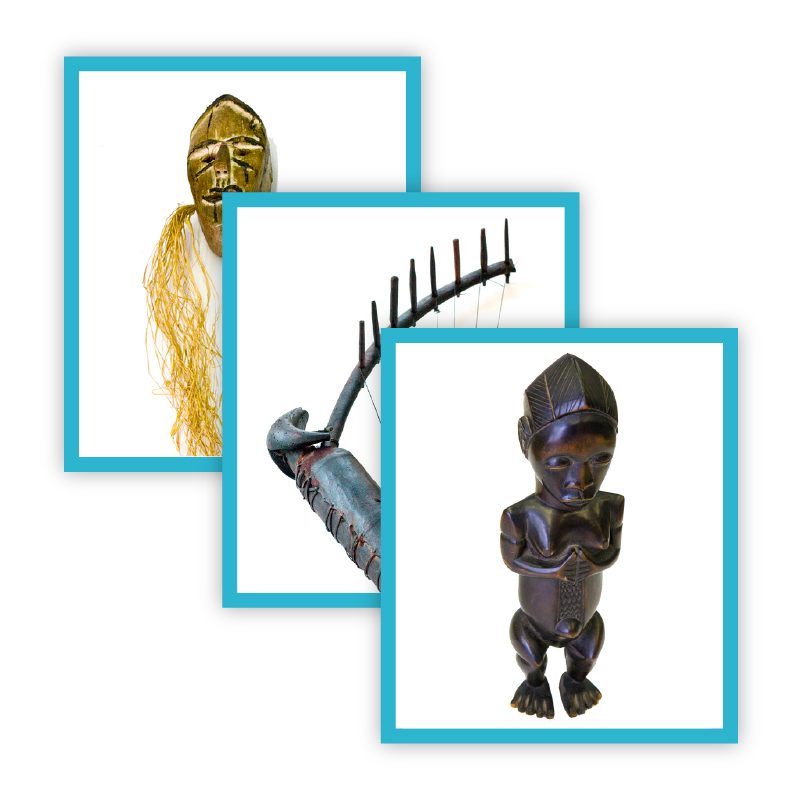Jordi Sabater Pi was an amateur ethnographer and ethologist who worked in Spanish Guinea between 1943 and 1969 and later became a professor of ethology at the University of Barcelona. Sabater arrived in Guinea to work as a foreman on a coffee plantation, but soon established relationships with Spanish and foreign scientific institutions. He also struck up relationships with collectors of animals and ethnographic objects, to whom he began to provide with Guinean artefacts.
In 1958, Sabater was contracted by the Barcelona City Council to supply animals to the zoological park and ethnographic objects to the Ethnology Museum. He did this through the Ikunde Animal Acclimatization and Experimentation Centre, from where the famous albino gorilla Snowflake—who would become a symbol of the city—was sent to Barcelona.
Sabater also provided ethnographic and ethological information to scientists from Western institutions who visited Spanish Guinea (without ever failing to provide animal skeletons to collectors who asked for them). Sabater became a key element in the export networks of Guinean artefacts to Catalonia, Spain, the whole of Europe, and the United States.
He had relationships with institutions as significant as the Smithsonian Institution, the University of Frankfurt, the University of Zurich, Tulane University, etc. He also established relations with other Catalan and Spanish entities such as the Institute of African Studies (IDEA), the Leather Museum of Igualada, the Archaeological Museum of Barcelona and some bird dealers on the Ramblas.
Many of the scientists who passed through Guinea had contact with him, including the social anthropologist James W. Fernández, the physical anthropologist Santiago Alcobé, the director of the Ethnology Museum of Barcelona August Panyella, the Claretian archaeology enthusiast Amador Martín del Molino, and many others.


